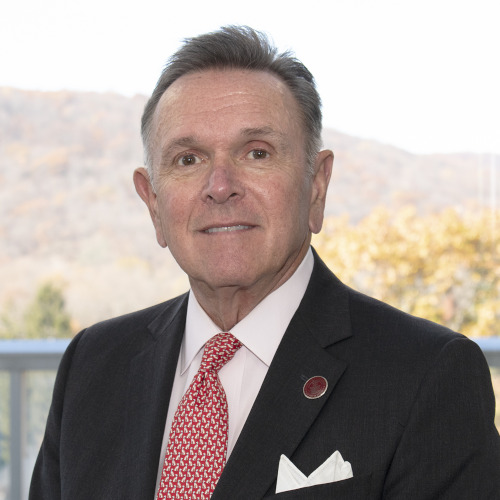The weekend that the Holy Father was visiting America, I received a call from three friends from The Giving Institute who had gathered together for a social visit. Their call struck me; they wanted me to know that as they were watching the wall-to-wall coverage of Pope Francis’s visit, it had caused them to think of me, and they just wanted to say “Hi!” We spoke of how inspiring his visit was and that his appeal seemed to transcend all boundaries of religion, age and even, for a large part, political persuasion. The call, while it was a surprise, only really impacted me a few days later, as I was thinking about what I would be writing for this blog. In retrospect, it was a great compliment to be ever so remotely linked in their consciousness with this historic event.
As students of philanthropy, we all have followed the downward spiraling of religious giving in our society. Recently, I spoke to a non-Giving Institute firm from Canada that was pondering getting out of the Church fundraising business altogether because of, as he put it, “the secularizing of the society.” So what is the connection between Francis and giving? I believe he gives us hope and optimism. He demonstrated a level of humility and compassion for the human condition. He understood, in my judgement, the power of symbolism foregoing a lunch at the White House or the Capital to visit the homeless. He stops his motorcade or “FIATcade” to touch and pray for very sick children. While this was moving, what was ever so emotional was watching their parents crumble, understanding what was occurring and, I’m sure, praying that this Holy Man may cause a medical miracle for their son or daughter.
We have all witnessed how philanthropic consulting has evolved over the past 20+ years. We now are consumed with analytics, research and a variety of mathematical computations that predict fundraising potential and/or results.
In today’s world of organized religion, Christians and Jews are grappling with dwindling numbers. Having said this, religion still commands the largest part of the philanthropic pie at over 30%. There is wide rejection by the young and not-so-young alike of the religious status quo. Many feel disenfranchised and, in the Catholic Church, confronted by what is widely perceived as “hardliners.”
Francis has taken charge of the message; he speaks of love, forgiveness, understanding, helping those less fortunate and not judging. Let me say that again: NOT JUDGING. He has taken the biblical quote of “those without sin cast the first stone” and brought it to life.
He also celebrated women in the Church, speaking at St. Patrick’s Cathedral of “his esteem and gratitude to the religious women in America,” and asking them, “What would the Church be without you?” He also expanded this statement to include “sisters and mothers of this people, I wish to say thank you, a big thank you…and to tell you that I love you very much.”
Please understand, I recognize that “no good deed goes unpunished,” that there are those reading this and saying, “George, get real — it was only a few days and things will return to the status quo soon.” I cautiously reject this. If other religious leaders follow his lead of a “boots on the ground” approach, if they will be “Francis-like” on a regular basis, their flock, irrespective of the denomination, will give a second look. And who knows… Maybe they’ll even come back and decide to stay. If this occurs, it will undoubtedly have a significant effect on religious giving, one that will, in turn, impact our nation’s philanthropy in a significant level. All this, because of one Jesuit Priest and a dose of divine intervention.
